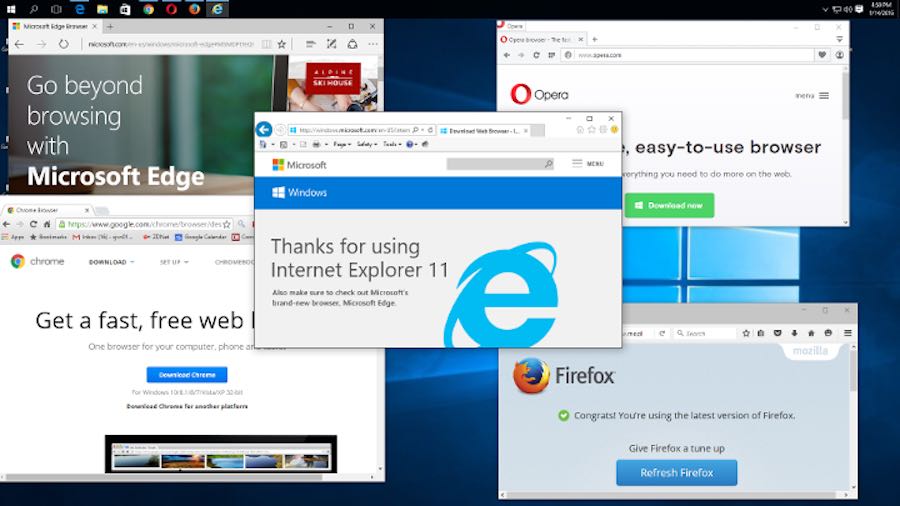Amancio Ortega, the founder of the clothing line Zara, has replaced Bill Gates as the world’s richest person. Ortega and Gates switched the top position in a matter of a few minutes. Currently, Ortega is ahead with a net worth of $78 billion.
The road to becoming the world’s richest person is full of ups and downs. The last few days have witnessed two billionaires going through those ups and downs to sit on the throne and become the world’s richest person. One the of them is Bill Gates, a name synonymous to the title “World’s Richest Person”. The second one is the co-founder of Zara retail clothing line, Amancio Ortega, whose dramatic stock performance made him climb the world’s billionaires list leaving behind Gates, Buffett, Bezos, and Zuckerberg in the below positions.
Also read : How To Add a Category on Wordpress
Zara’s parent company Inditex’s 2.5% rise on Wednesday made Ortega surpass Bill Gates to become the richest man. The shares dropped by 2.8% on Friday, Ortega fell on to the second position and Gates took the lead. Ortega made a come back after 45 minutes but Gates was again on the first position ten minutes later.
As per Forbes’ The World’s Billionaires real-time list, the Spanish businessman Amancio Ortega is the world’s richest man with a net worth of $78 billion and Bill Gates follows him with $77.6 billion. The stock market can’t be predicted. Hence, the list is likely to change in the coming days or hours.
Also read: Microsoft Now Blocking Non-Microsoft Web Browsers In The Name Of Kids
Zara’s parent company Inditex’s 2.5% rise on Wednesday made Ortega surpass Bill Gates to become the richest man. The shares dropped by 2.8% on Friday, Ortega fell on to the second position and Gates took the lead. Ortega made a come back after 45 minutes but Gates was again on the first position ten minutes later.
As per Forbes’ The World’s Billionaires real-time list, the Spanish businessman Amancio Ortega is the world’s richest man with a net worth of $78 billion and Bill Gates follows him with $77.6 billion. The stock market can’t be predicted. Hence, the list is likely to change in the coming days or hours.
Also read: Microsoft Now Blocking Non-Microsoft Web Browsers In The Name Of Kids
Note: The net worth figures mentioned above were observed at the time of writing this post.
If you have something to add, tell us in the comments below.
If you have something to add, tell us in the comments below.





